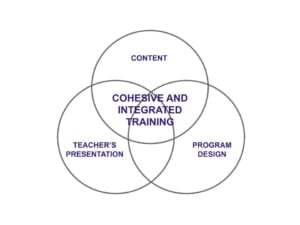As part of our YTT, students conduct a yoga teacher training exercise to enhance their skills outside of the classroom. Here is a sample of one students experience.
As a first step, I set my intention for the assignment. This did not come easy, I have a history with wanting to control outcomes. However, I am can draw on my yoga experience and adjust to get the job done regardless of old anxieties.
The I set the following intentions: provide a safe comfortable place for students to have a wholistic yoga experience, the students students leave class rejuvenated and to inspire student to continue their yoga practice. And to deal more effectively with their own life challenges.
As I assumed the role of yoga teacher, I contended with my own insecurities around control and a lack of trust in other humans. I doubted if they would even show up and I procrastinated doing the assignment for at least 10 days, until I realized that all teacher probably started with some doubt and reservation.
Once I was able to overcome this low point, I found the yoga teacher training exercise to be a fun and rewarding experience. In particular, I appreciated the chance to work with novice yogis. I remember my initial teachers and it felt good to be able to support others people who just started the journey. This exercise revealed that I do have love in my heart and desire to grow as a teacher, despite my initial doubt.


